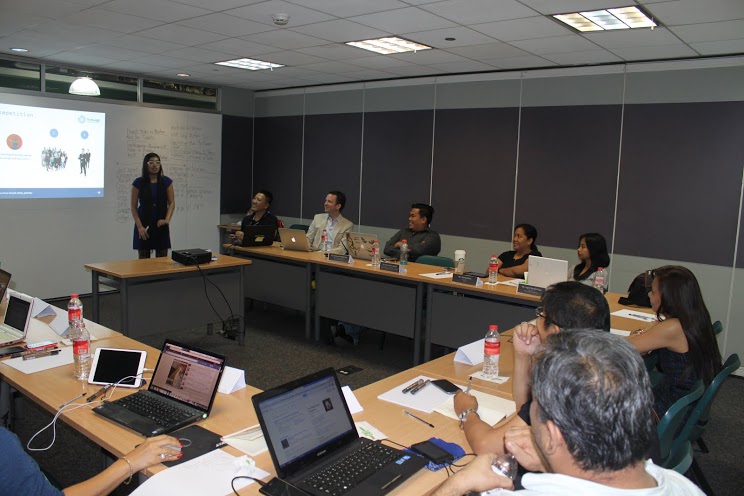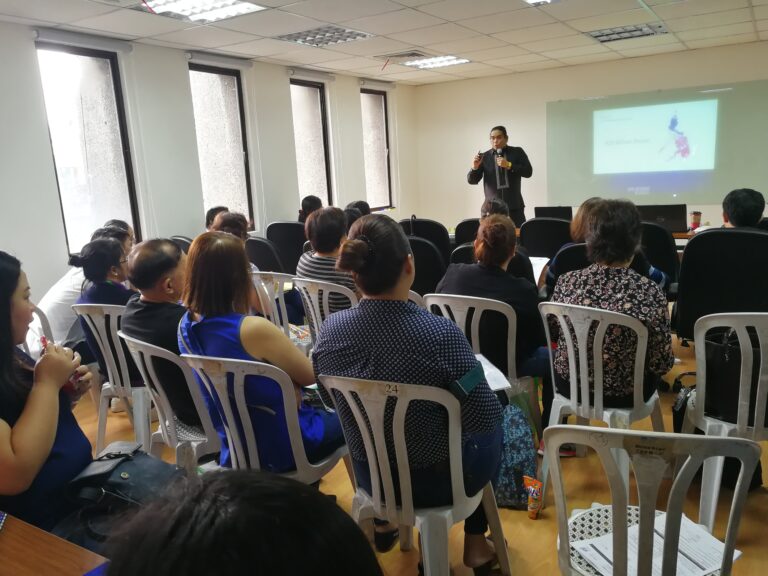Demystifying Customer Engagement and Turning Engagement into Conversion
When getting a brand in motion, most marketers tend to focus on maintaining exclusivity in terms of audience targeting. While they remain focused on this task, they also forget another aspect in their marketing mix: giving the audience the drive to come back and convert.
Think of it in this perspective: you just built a fabulous restaurant that will completely satisfy your customers. The food is great, the ambiance is superb – the only problem is that your restaurant is in the middle of the desert. Despite of all the promising features you can offer, the location itself can make a big difference on your customer’s interests and drive to visit. The same goes for digital marketing.
Photo courtesy of: Fiera de Manila, Inc.
Last March 19-20, TrueLogic was featured as a resource speaker in Digital Marketing in a Blink 2015 Seminar. The two-day conference served as a venue for the country’s digital marketers to gather and exchange their knowledge on the latest trends in marketing. One of our thought leaders, Bernard San Juan III, had the privilege to share his insights on the dynamics of “Demystifying Customer Engagement and Turning Engagement into Conversion”.
The Truth about the Customer Landscape
Photo courtesy of: Fiera de Manila, Inc.
Brand success does not only equate to visibility, but also through a series of actions that retain customer engagement and interest. In Bernard’s words, it’s one thing to build a great website, but it’s an entirely different matter to develop a site that people choose to come back to.
Many of today’s businesses don’t realize that their customers are everywhere – from social media channels and emails, to Skype and online searches. Despite this exposure to target customers, many businesses still don’t know what they’re doing in terms of getting found.
The Road to Successful Engagement and Conversion
Steve Jobs foresaw everything that is happening in today’s digital landscape, with the Internet as the primary means of social interactions. This is why Apple is among the brands that dominate the market both online and offline. They knew where customers were going before anyone figured it out. But, where does this leave today’s digital marketers?
If we dissect the structure behind engagement and sales conversion, you’ll find a great difference on how marketing was conducted before. The role of marketing gradually expanded, as conversions and actual exchange of money happen online.
In today’s landscape, you’ll find how marketing is more direct to the customer’s intent. There exists a paradox in how you market and how you structure your site. If you deviate and prompt your audience with a series of options, you are only damaging the chances of conversions.
A Closer Look at the Sales Funnel
When you work through a sales funnel from a marketing perspective, your primary goals are: to build awareness, to retain the brand, and to convert. There must be some form of return on investment; otherwise, what’s the point of spending costs on customer acquisition?
In building awareness, you grow your market share and client base through search engine optimization and Adwords. When it comes to these strategies, you need to focus on the terms you’re targeting: navigational, informational, commercial, and transactional terms. Remember though that not all search marketing efforts do the same approach.
In terms of brand retention, you need to create a message that people will remember. Think of how big brands like Coca-Cola established culture with their message. As you build the interest, you create paths for engagement with your customers.
When you focus on conversion, you need to engineer the user experience into your website. You have to introduce your brand and talk to visitors about who you are. Why? Because people don’t just get attached to a product; they get attached to a brand. You need to establish the need, and your website should talk to your audience in a way that reinforces that connection.
The key to successful engagement and conversion is knowing where your customers are and aligning your strategies with where you’re good. How you capture and retain the attention of your customers will depend on their demographics and interests. By knowing where your customers stand, you can feed them with the right type of content through the right channel.
To get more insights, here is Bernard’s complete deck:
Demystifying Customer Engagement









